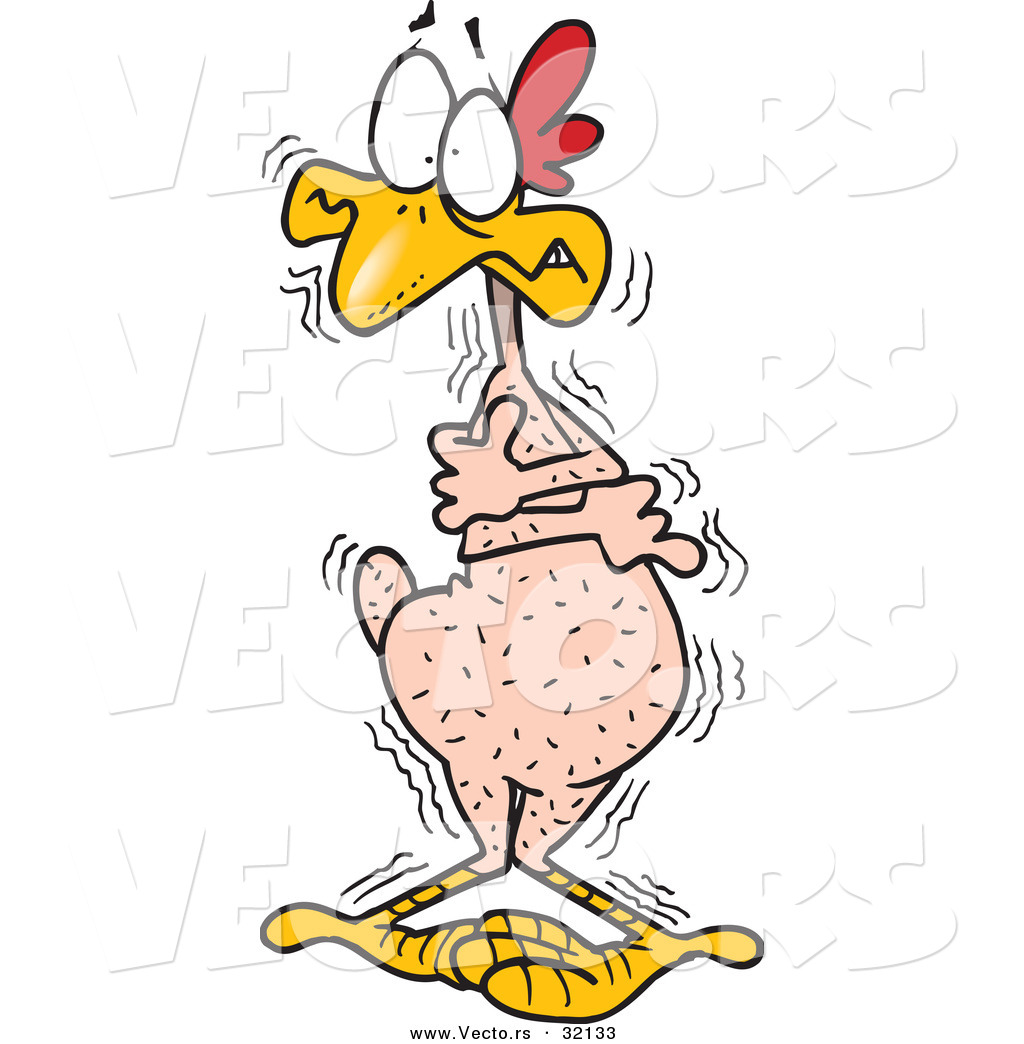
Goblin Shark
Appearance: A pinky-grey 5 gilled shark with a bizarre snout and rounded fins.
Habitat: Deep waters globally, but seem to be especially plentiful in the Pacific.
Conservation Status: Least Concern (LC)
Size: Up to 3.4 metres in length.
Genus: Mitsukurina
Species M. owstoni
Most Famous for: Having a wacky snout.
Discovered in Japan, the common name for the Goblin Shark in Japanese is Tenguzame – which, in Japanese folk lore, is the name of a goblin-like creature with a humungous nose. Goblin Sharks lives in the depths of the world’s oceans. They generally live a quarter of a kilometre or so below the surface, but, are suspected venture into depths of over a kilometre.
Their muscles are soft and mushy in texture – which suggests that they are not overly active and prefer to not to overly exert themselves. They also have odd skin – it is slightly transparent, so it looks pink in colour, as all the tiny blood vessels under their skin can be seen clearly. So, it’s no wonder that Goblin Sharks bruise like a peach.
Unlike most deep water sharks, the beady little eyes of Goblin sharks have irises – the part of their eye that lets in light – that can open and close. This means that even though they live in the depths, their eyes are sensitive to light produced by other animals. Many prey animals, including squid and fish, produce light through bacteria or chemical reactions, so, having working irises allows them to detect their ‘flashy’ prey more easily.
Little of known of their eating habits – however, they are suspected to dine on animals that dwell on the ocean floor, such as crabs, squid and bony fish. Their front teeth are made for grasping and their back teeth are designed for grinding and crushing. Their jaws are also high protrusible – which means they can rapidly eject them to grasp their prey.



 Uploaded by
Uploaded by 








